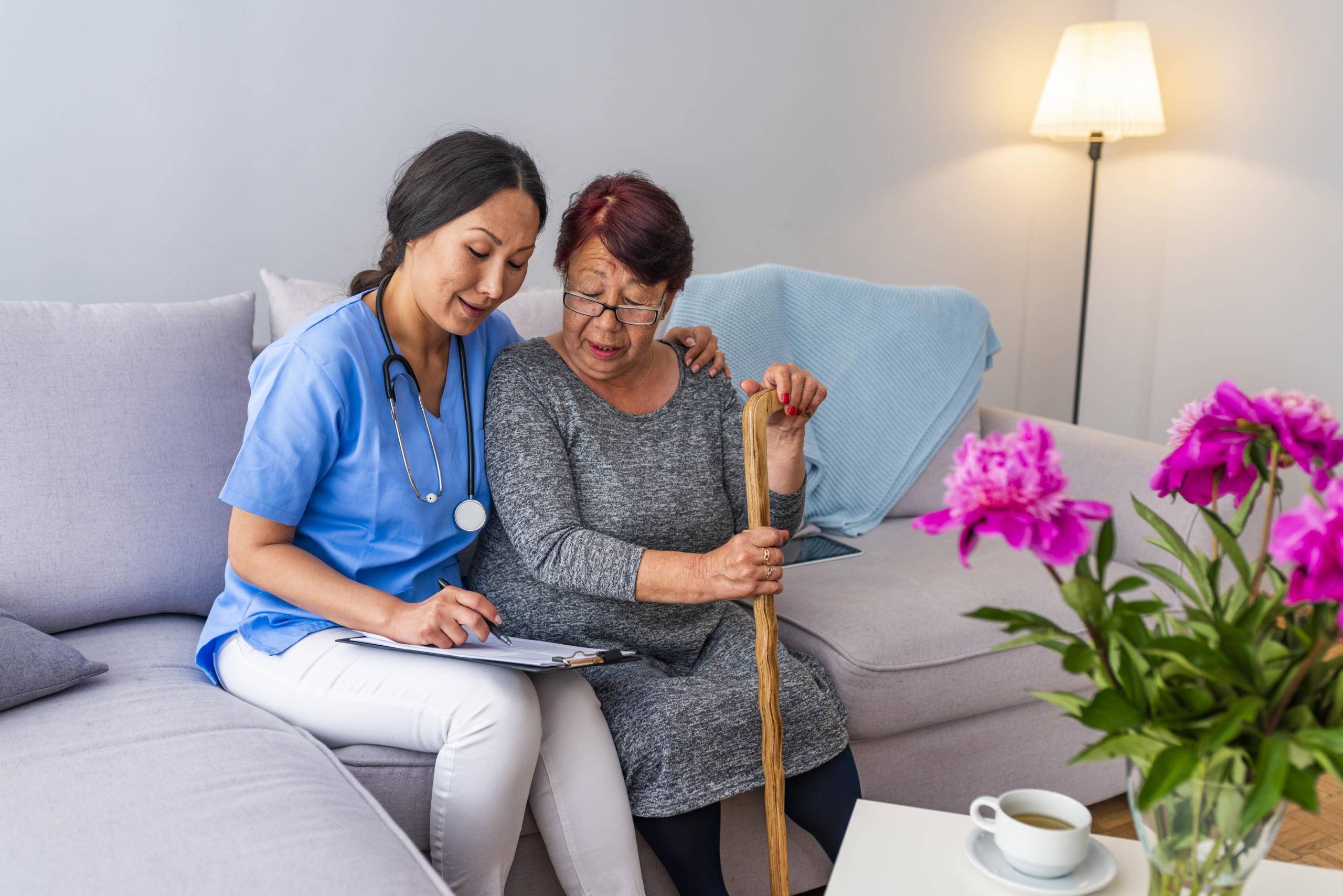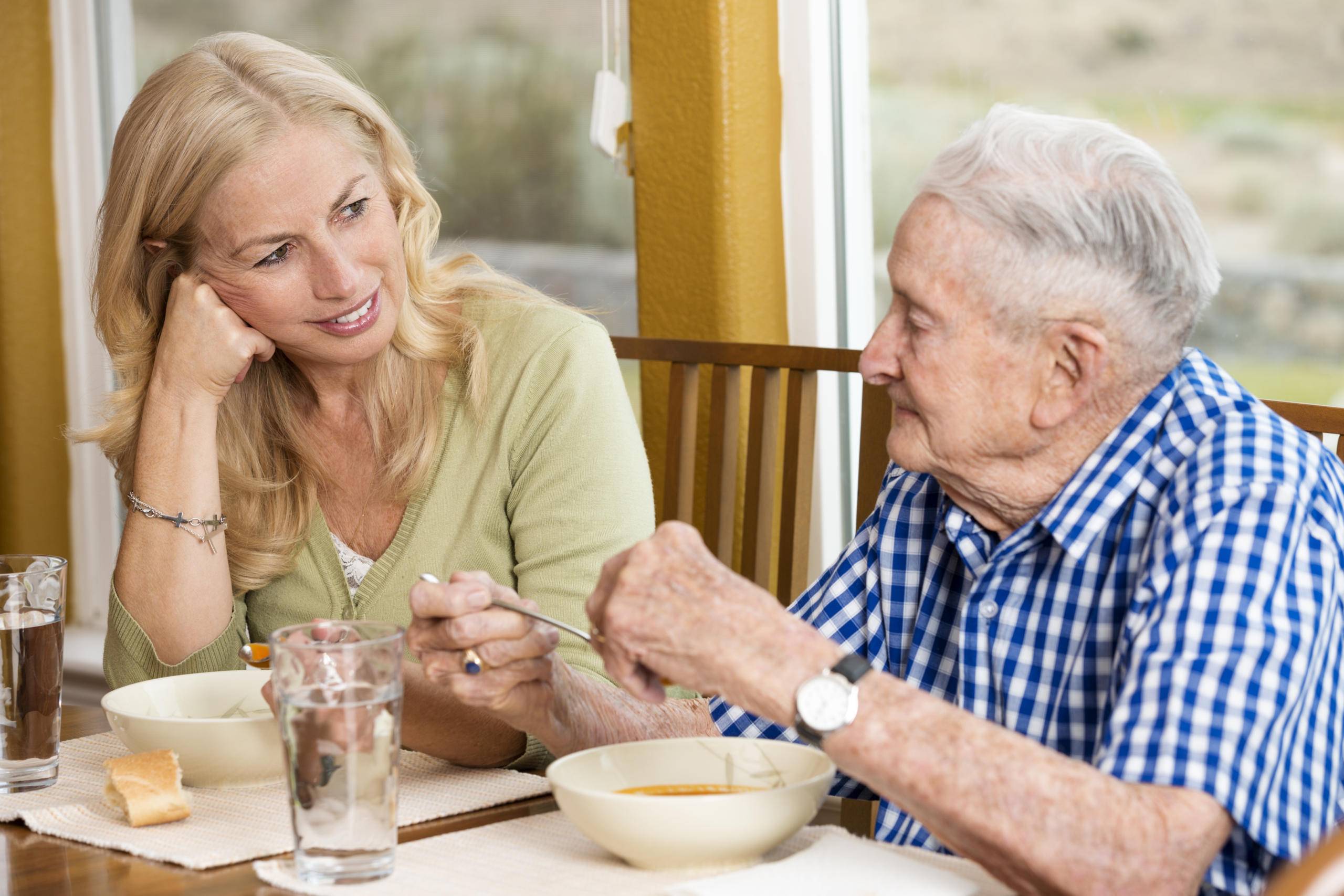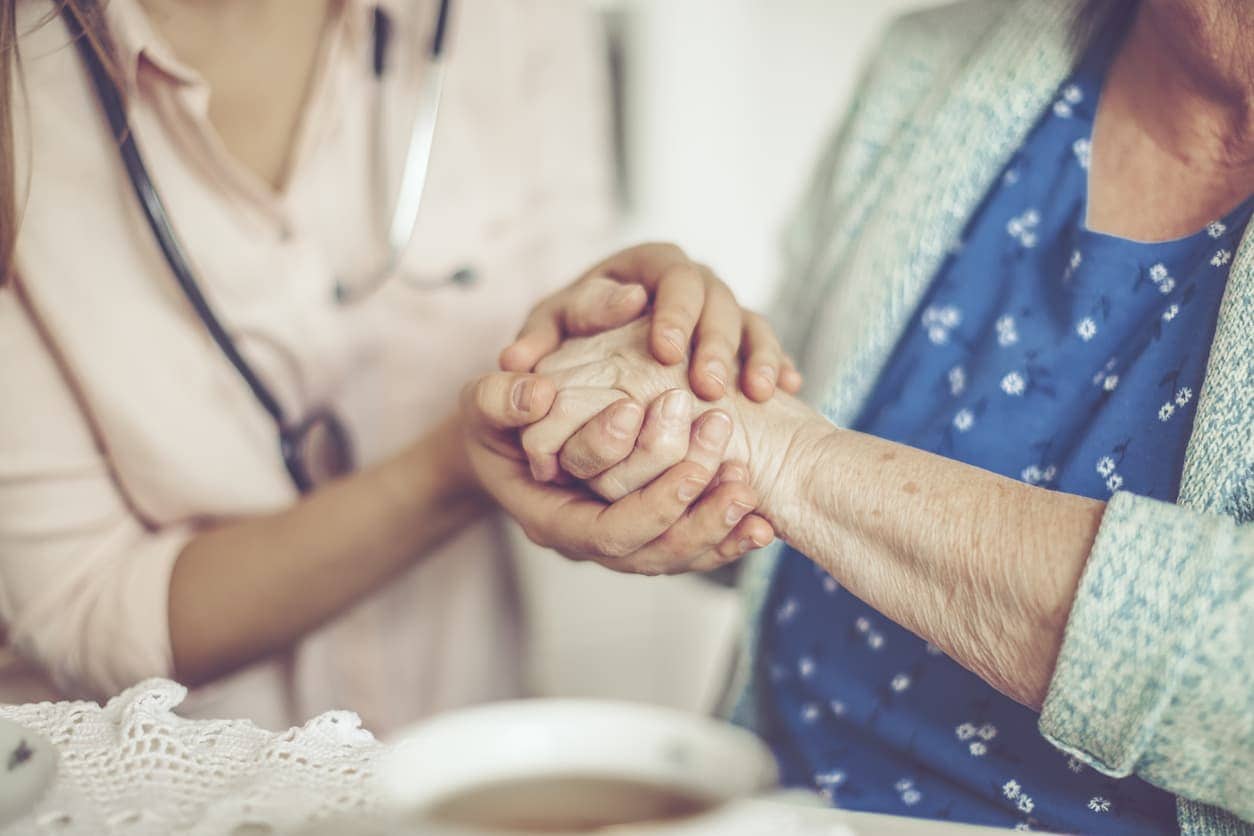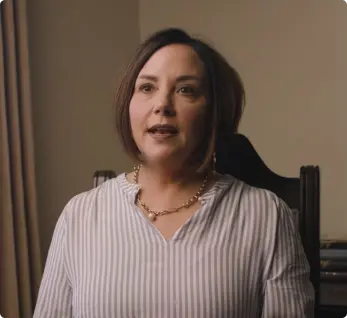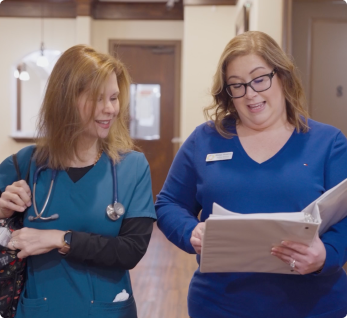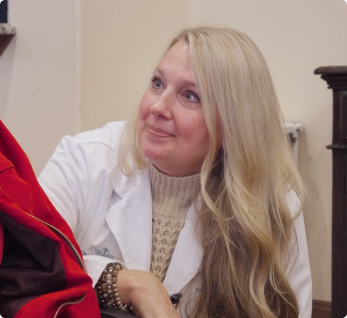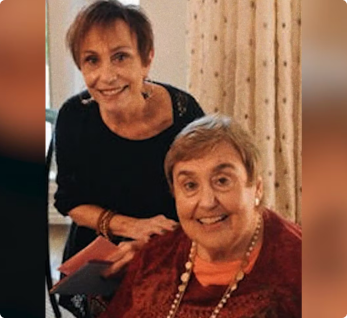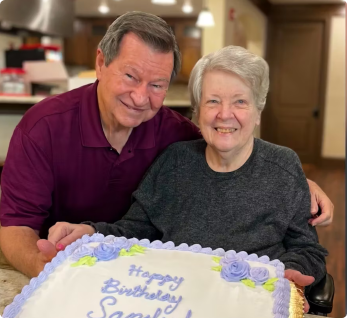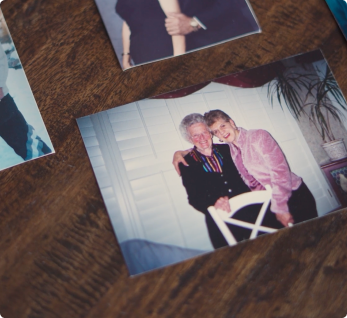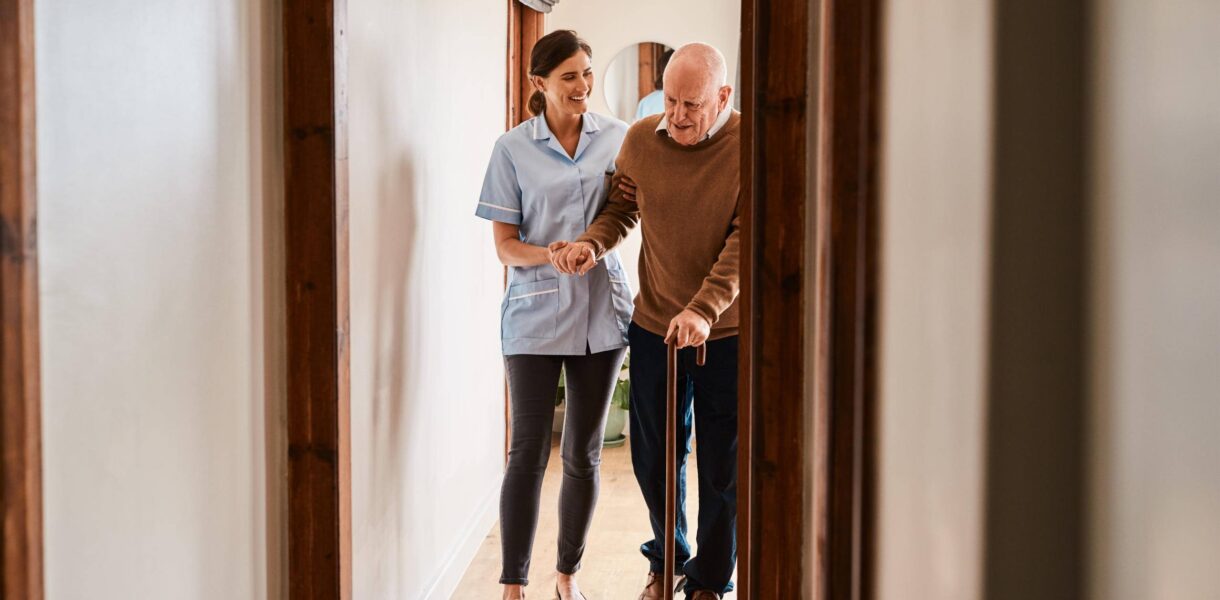
Preventing Dementia Related Falls
Falling is not normal. Not even for those of us who are aging. However, if it happens once, it’s more likely to happen again. And it clearly happens to the aging population too often. According to the National Council on Aging falls are the leading cause of fatal and non-fatal injuries for older Americans. 1 in 4 older adults falls each year…including caregivers. So, in honor of Fall Prevention Month let’s take a refresher course on how to stay on our feet.
Lesson #1: Balance and gait.
For seniors who push out of a chair with their arms or struggle to step up onto a curb, those are a couple of early signs of weak leg muscles and a major cause for falls. Sure, as we age most of us lose some flexibility and balance – mainly because we are sitting around way too much.
Muscle strength in their legs can be improved with minimal exercise each day. Start slowly by having them sit in place (I know, I just mentioned we do it too much, but hang with me), and ask them to march while they sit. As their caregiver, you can do it too. When you feel like their thighs and stomach muscles are getting stronger, have them try standing tall while holding onto a sturdy chair back or countertop and march with that support. Maybe turn on a favorite old march to get the memory going. As they build strength, ask them to pull those knees even higher. Aim for 20 marching steps a day.
From there, try suggesting side leg lifts, going from toes then back to heels, and balancing on one leg. Of course, using an exercise belt can help steady them or make sure they keep hold of that sturdy piece of furniture to stay safe. And certainly, build their muscle strength slowly. If you would prefer professional help, don’t hesitate to reach out to a physical therapist.
Lesson #2: Vision.
A pair of glasses can have a brand-new prescription in them and yet our aging eyes are still not as sharp as they used to be. Since less light reaches the retina as our eyes get older, we don’t see contrasting edges as well as we used to and that causes a tripping hazard. Obstacles are just plain harder to see! And if that isn’t frustrating enough, research shows that those with dementia affects the parts of their brain that handle visual information coming from the eyes increasing their risk of falling.
Here are some ways to work around that. Avoid glasses with those tint changing lenses. They aren’t our friend when going from a bright environment into a darker building. If those are the only option, then either switch glasses when going from the light outdoors to inside or simply wait inside the door for the lens to adjust before walking on. For bifocal fans, watch those stairs. The change in the prescription in the lens can increase the risk of a fall! Of course, regular eye exams are critical and if they are still struggling too much with their glasses, consult with a low-vision specialist for ways to make the most of your eyesight.
Lesson #3: Medication.
Medication side effects that cause light headedness or sleepiness can also contribute to falling. And medications to treat Alzheimer’s increase the hazard rate by 63%, according to the National Institutes of Health. Any medication that helps with sleep or improves mood can contribute, too. If you suspect an issue with meds, discuss it with their doctor or ask a pharmacist who can review the prescriptions to determine if they may cause a bigger risk of falling.
Lesson #4: Environment.
If the same rug keeps causing someone to trip then it’s time to roll that thing up! Checking out the environment for potential fall hazards is what occupational therapists do for a living. They will come to a home to check the lighting, including what it looks like in the middle of the night when there’s a restroom run (which is when many falls take place.) They will check lighting on stairs and in bathrooms – including the shower.
Lesson #5: Your overall health.
Keep an eye on your aging loved one, even more so on those with a cognitive impairment such as Alzheimer’s disease. When they are treated with multiple medications, they can be helpful to slow the disease but also can be a potential cause of falls. Research and data around an association between dementia medications use and falls is limited, so keep their doctor informed on any changes in behavior. And, take advantage of preventative benefits under Medicare like the Annual Wellness visit. Talk to your doctor about it and do it!
See More Articles
-
Visiting Your Aging Parent With Memory Loss at Avalon Memory Care
As a loving son or daughter, you naturally want the best of care for your senior parent. The compassionate assisted living caregivers at Avalon Memory Care want you to know that while your parent is living with us, he or she will receive nothing less than respectful, loving care within our comfortable, safe, and fully-staffed
-
Celebrating New Year’s Day in Memory Care
Families often find that celebrations with their loved ones in memory care are easier when they embrace new traditions. For instance, it may not be practical to expect your loved one to stay up until midnight on New Year’s Eve. Instead, consider throwing a New Year’s Day celebration, complete with a countdown to the first
-
Understanding Parkinson’s Disease and Dementia
Parkinson’s disease is an incurable neurological disorder, with progressively worsening complications. Perhaps the most well-known symptom of Parkinson’s is a hand tremor, but it can also cause speech changes, muscle rigidity, and impaired posture. Eventually, as the disease progresses, more than half of all individuals with Parkinson’s will require dementia care. This particular type of
Testimonials
Downloadable Resources
We Are Avalon
Discover the heart of our community; download ‘We Are Avalon’ to get to know our dedicated team and our commitment to providing a warm, family-like environment.
Transitional Care Guide
If you’re considering a transition, we’re here to help; download our Transitional Care Guide for compassionate guidance through each step of the process.
Schedule a Tour
Visit one of our 30+ campuses and experience our unique approach to memory care.

